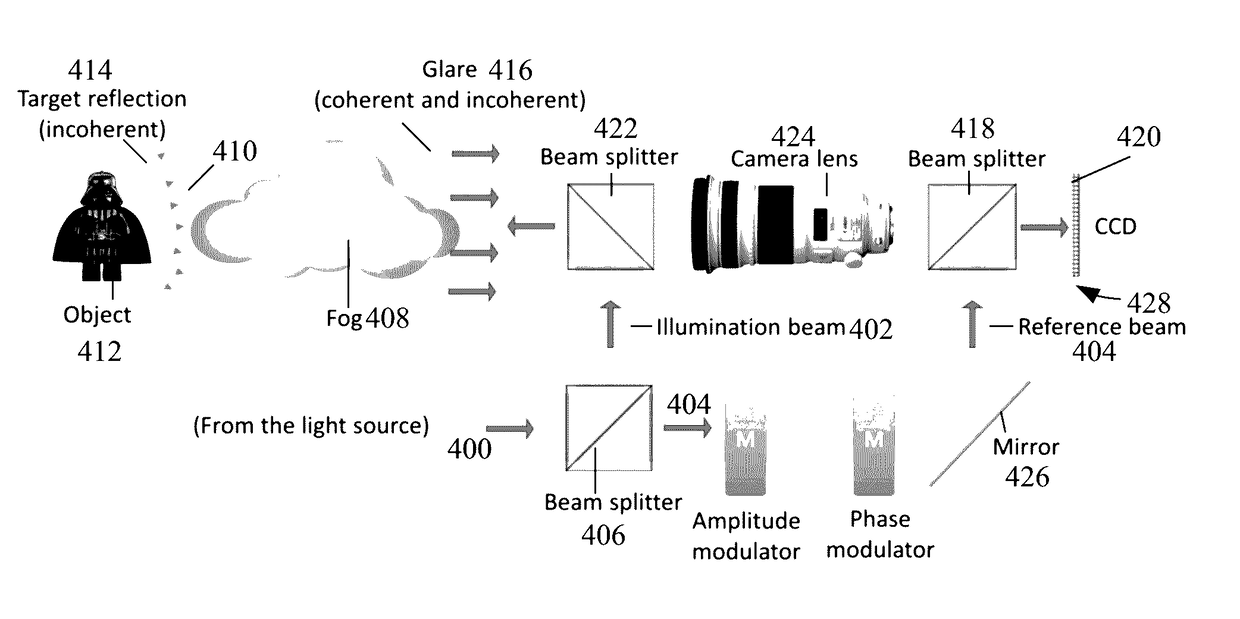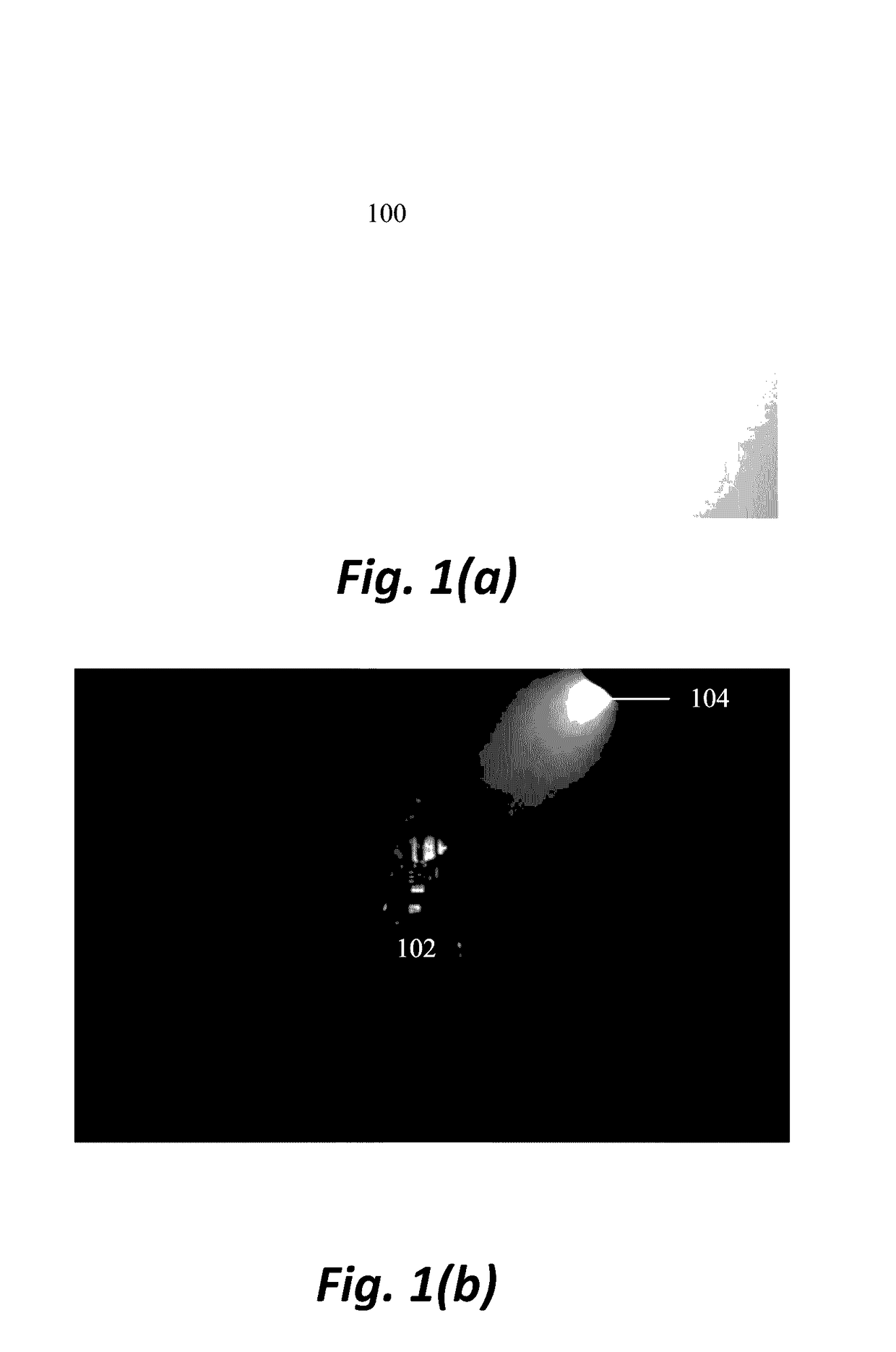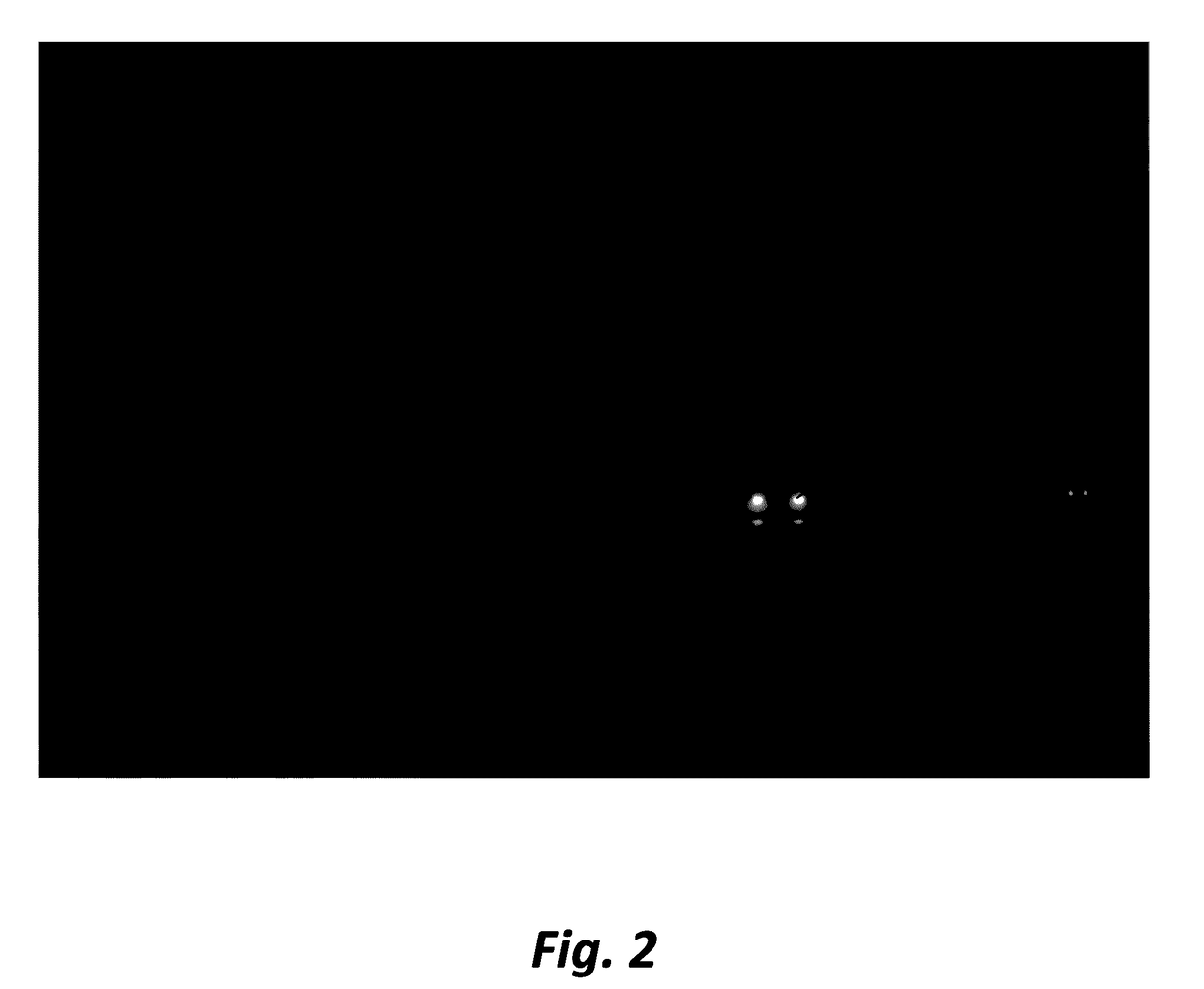Glare suppression through fog by optical phase conjugation assisted active cancellation
a phase conjugation and active cancellation technology, applied in the field of suppressing glare, can solve the problems of destructive interference of reference radiation with backscattered radiation on one or more sensor pixels, and achieve the effect of suppressing glare and reducing the impact on viewer ability
- Summary
- Abstract
- Description
- Claims
- Application Information
AI Technical Summary
Benefits of technology
Problems solved by technology
Method used
Image
Examples
Embodiment Construction
[0054]In the following description of the preferred embodiment, reference is made to the accompanying drawings which form a part hereof, and in which is shown by way of illustration a specific embodiment in which the invention may be practiced. It is to be understood that other embodiments may be utilized and structural changes may be made without departing from the scope of the present invention.
[0055]Technical Description
[0056]Overview
[0057]The scattering nature of fog, sandstorms, and rain confound our ability to image objects within the medium. There are two major confounding factors in this imaging scenario. The first confounding factor has to do with the fact that scattering randomizes the light ray trajectories and effectively introduces a blur to the image [31]. In an anisotropically scattering medium, this blurring effect scales as a function of the reduced scattering coefficient. Practically, for macroscale objects such as a vehicle, this blurring effect is not necessarily...
PUM
 Login to View More
Login to View More Abstract
Description
Claims
Application Information
 Login to View More
Login to View More - R&D
- Intellectual Property
- Life Sciences
- Materials
- Tech Scout
- Unparalleled Data Quality
- Higher Quality Content
- 60% Fewer Hallucinations
Browse by: Latest US Patents, China's latest patents, Technical Efficacy Thesaurus, Application Domain, Technology Topic, Popular Technical Reports.
© 2025 PatSnap. All rights reserved.Legal|Privacy policy|Modern Slavery Act Transparency Statement|Sitemap|About US| Contact US: help@patsnap.com



